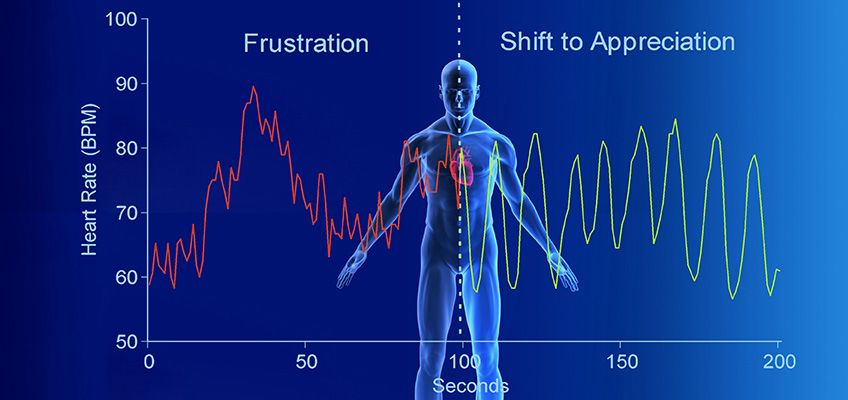


Finally, the article gives recommendations for better management of misophonia. A semi-structured interview revealed the exceptional nature of the situations, increased hyper-sensorial sensitivity, fear of being infected with or dying from COVID-19, the patients' coping strategies, and the difficulties and constraints they faced. Most importantly, imagined or evoked triggering sounds, as well as real ones, were enough to cause the aversive responses, as displayed by the increased loss of cardiac coherence with respect to the at-rest basal level. Loss of cardiac coherence worsened with the severity of the misophonia. Despite the limited sample size, sex differences were observed in the incidence. Loss of cardiac coherence in their responses to these auditory stimuli (triggering mouth, nose and other sounds), as well as to non-triggering mouth, nose and other sounds was increased when compared to two assessments performed during the previous year. Certain auditory stimuli triggered adverse responses, lowered HRV scores, and an increased stress level and heart rate. Long-term biomonitoring of their heart variability rate (HRV) enabled to identify a significant increase in physiological arousal after the confinement period, which had already been recorded in a loss of cardiac coherence under basal rest/relaxation conditions. The 3-month period of confinement caused general emotional maladjustment, distress, and a transitory crisis. This prospective cohort study examined the impact of strict confinement (Spain, March 14–June 21, 2020) on a sample of 24 people (16 women and eight men) who had been diagnosed with moderate to extreme misophonia and were regularly attending a medical psychology center in Barcelona. Misophonia is a condition in which hearing certain sounds triggers intense anger, disgust and even severe autonomic nervous system responses.

However, strict confinement had a particular impact on people suffering from misophonia and their families. The extreme, unprecedented situations in the current COVID-19 pandemic are risk factors for psychosocial stress for the entire population.
CARDIAC COHERENCE HOW TO
Over the course of 6 weekly 15-minute intervention sessions, student-athletes learned how to self-regulate and manage their stress using the emWave cardiac coherence (CC) training software program CC represents a physiological state in which the nervous, cardiovascular, hormonal and immune systems are working efficiently and harmoniously (HeartMath, 2010). The purpose of this study was to examine the impact of a self-regulation intervention on the stress and well-being of 11 Human Kinetics undergraduate student-athletes. Due to the challenge of balancing academic and sport training demands, student-athletes experience higher levels of stress (Gould & Whitly, 2009).


 0 kommentar(er)
0 kommentar(er)
